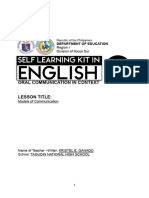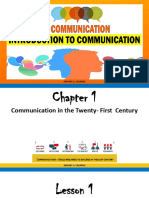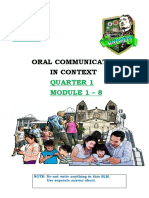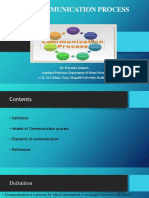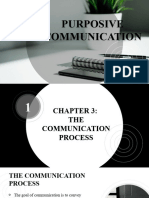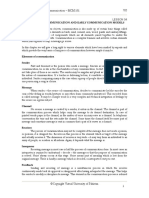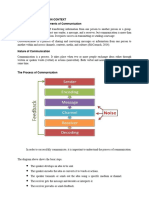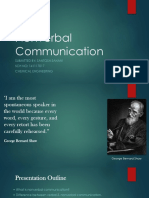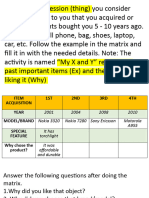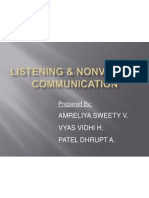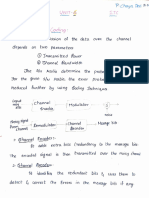0% found this document useful (0 votes)
8 views4 pagesModule 1 Notes
The document outlines the communication process, detailing its elements such as source, message, encoding, channel, decoding, receiver, feedback, interference, and context. It describes the steps involved in communication, from message formulation to feedback. Additionally, it presents various communication models, including Aristotle's, Berlo's, Shannon and Weaver's, and Schramm's models, each emphasizing different aspects of effective communication.
Uploaded by
LJCopyright
© © All Rights Reserved
We take content rights seriously. If you suspect this is your content, claim it here.
Available Formats
Download as DOCX, PDF, TXT or read online on Scribd
0% found this document useful (0 votes)
8 views4 pagesModule 1 Notes
The document outlines the communication process, detailing its elements such as source, message, encoding, channel, decoding, receiver, feedback, interference, and context. It describes the steps involved in communication, from message formulation to feedback. Additionally, it presents various communication models, including Aristotle's, Berlo's, Shannon and Weaver's, and Schramm's models, each emphasizing different aspects of effective communication.
Uploaded by
LJCopyright
© © All Rights Reserved
We take content rights seriously. If you suspect this is your content, claim it here.
Available Formats
Download as DOCX, PDF, TXT or read online on Scribd
/ 4



